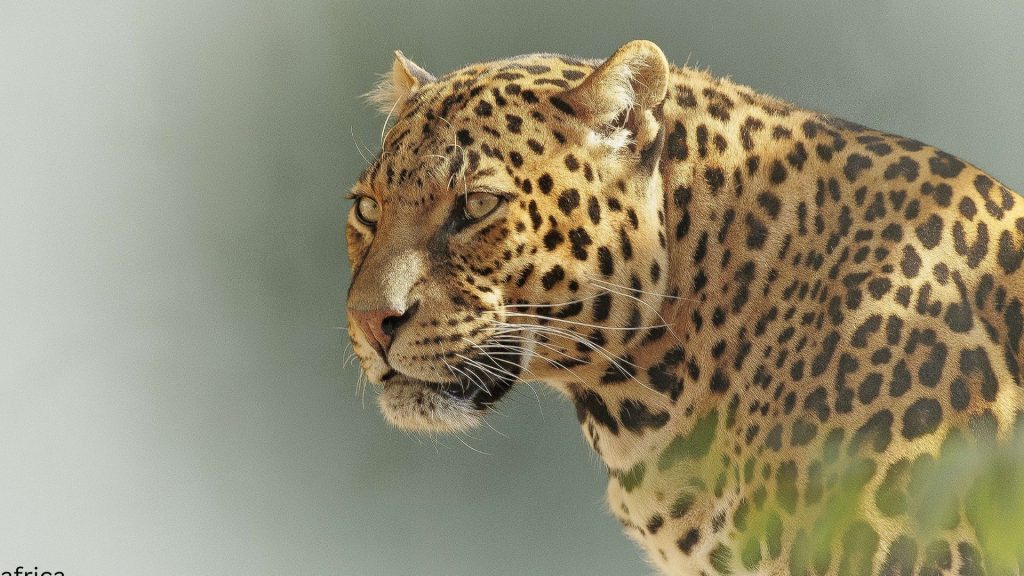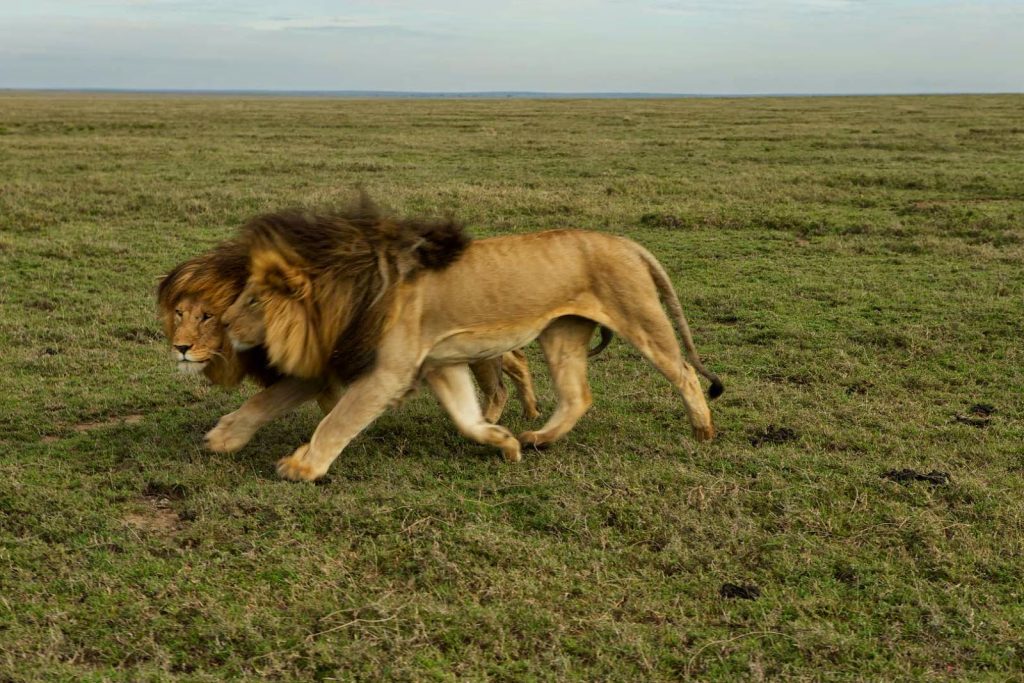Lakes in Tanzania
Explore The Lakes in Tanzania
Tanzania’s lakes are among the most spectacular and diverse in the world. And the best thing: they offer a range of activities and attractions – from wildlife spotting and fishing to swimming and kayaking. And as lakes do best, they also provide an important water source for local communities and ecosystems. In this article, we’ll tell you everything we know about the breathtaking lakes in Tanzania!
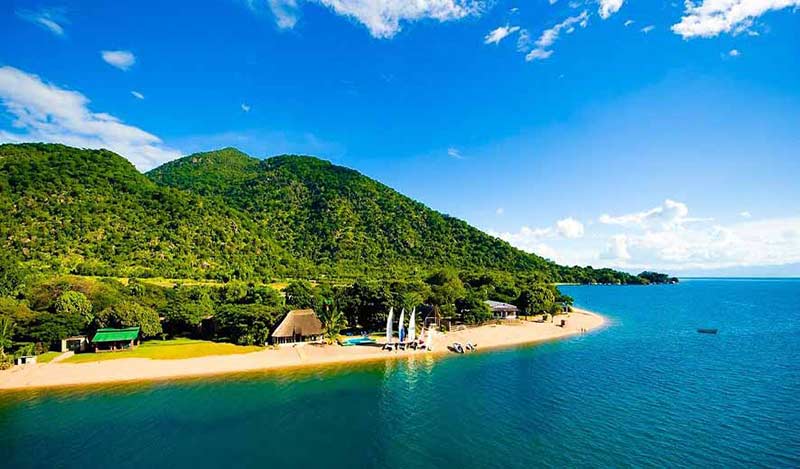
Lake Victoria – The Largest Lake in Africa
Lake Victoria is a natural marvel and a haven for an astonishing variety of wildlife and interesting features. This colossal body of water spread across Tanzania, Uganda, and Kenya, is not just the largest in Africa, but it also holds the title of the world’s largest tropical lake by surface area. Despite its grandeur, it’s relatively shallow. With an average depth of only 41 meters, sunlight can penetrate and nourish a rich ecosystem below its surface.
The lake is home to a myriad of fish species, notably over 500 types of cichlids, many of which are endemic. These cichlids are known for their diverse appearances and behaviors, adding a burst of color and life to the aquatic environment. This vibrancy of the underwater scene is mirrored on the lake’s shores, making it one of the most popular Lakes in Tanzania
Reptilian life thrives here as well, with the formidable Nile crocodile taking the limelight. It shares its habitat with several turtle species, including the African helmeted turtle, the Williams’ mud turtle, and the variable mud turtle, which are all unique to Lake Victoria. Do you prefer avian wildlife? Then prepare to smile: Lake Victoria is home to over 300 bird species, including the African marsh harrier, the enigmatic Shoebill, herons, geese, grey parrots, kingfishers, and the fish eagle.
The charm of the lake is further magnified by the presence of over 3,000 islets, including the famous Ssese Islands and Ukerewe Island. Each of these islets offers an inimitable array of scenic views and cultural experiences. With this mix of rich biodiversity, fascinating culture, and breathtaking beauty, it doesn’t come as a surprise that Lake Victoria is top of many bucket lists.
Some interesting facts about Lake Victoria you can impress fellow travelers with:
- It was named after Queen Victoria of England by explorer John Hanning Speke in 1858.
- Locals call it Nnalubaale, which means “the giver of life” in Luganda.
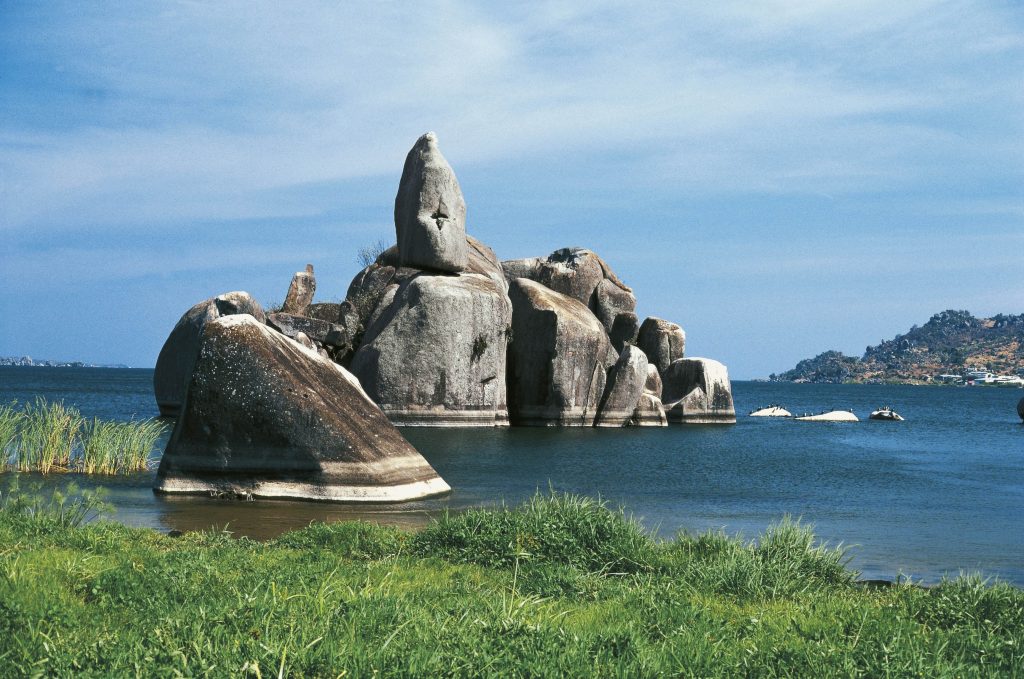
Lake Tanganyika, the World’s Longest Lake
Stretching an astounding 626 kilometers (420 miles) long and 50 kilometers (31 miles wide, Lake Tanganyika is the world’s longest lake and holds the title of the second-largest body of freshwater by volume. Snuggled between Tanzania, Burundi, Zambia, and the Democratic Republic of Congo, this magnificent lake contains a trove of wonders, making it one of the most popular Lakes in Tanzania
Tanganyika boasts unbelievably clear blue waters and sandy beaches dotted with palms and acacia trees. Below its surface lies a vibrant ecosystem teeming with over 250 species of fish and aquatic life – many of which are found nowhere else on Earth. Families of hippos wallow in the shallows while crocodiles patrol just offshore. Birdlife abounds, from vibrantly colored kingfishers to massive fish eagles that swoop down to snag their prey.
Interestingly, Lake Tanganyika holds nearly 16% of Earth’s available surface freshwater. Flowing rivers replenish it, while its outlet flows into the Congo River system. This is a lake brimming with beauty and life, and a visit is sure to create memories that will last a lifetime.
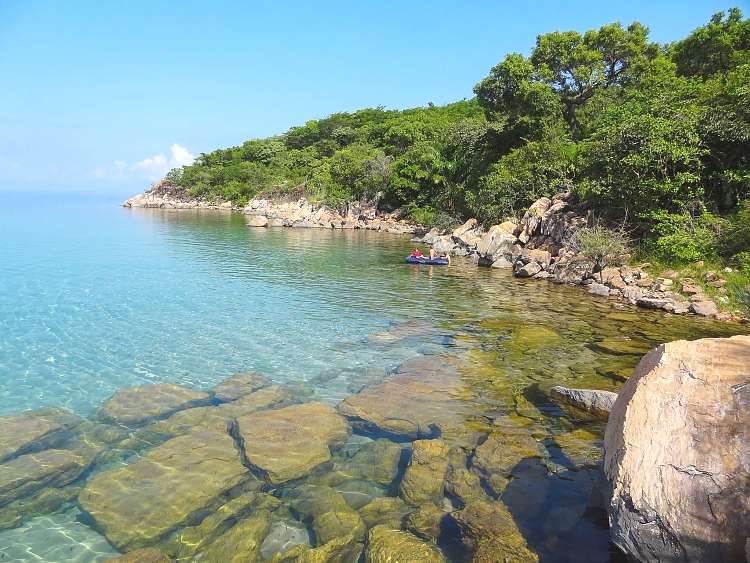
Lake Rukwa, The Fluctuating Lake
Lake Rukwa is one of the popular Lakes in Tanzania, nestled in the beautiful Southern Highlands of Tanzania, is a fascinating lake that experiences extreme seasonal fluctuations. During the rainy season, Lake Rukwa fills up into a massive inland sea that covers over 2,600 square kilometers. But as soon as the dry season arrives, the lake dramatically recedes, leaving behind a network of swamps and channels.
The changing water levels have a profound impact on the lake’s physical appearance and the animals that call it home. When the waters are high, the lake teems with fish and aquatic plants. Hippos lounge in the water, while crocodiles lurk just below the surface. Over 400 species of birds flock to Lake Rukwa to feed and nest in the papyrus reeds.
But in the dry season, the scene is very different: as the waters recede, vast plains are revealed and the lake transforms into an expansive floodplain dotted with pools and wetlands. Animal life adapts in remarkable ways. Fish take refuge in small channels and pools. Crocodiles burrow into mud dens and enter a hibernation-like state. Hippos keep their cool in the crowded conditions in the remaining pools, and birds congregate wherever water can be found.
Despite the harsh fluctuations, Lake Rukwa remains a vitally important ecosystem for Tanzania.
Lake Natron, The Red Lake
Lake Natron is one of Tanzania’s most unique bodies of water. Located in northern Tanzania, near the Kenyan border, the lake has an average depth of just 3 meters. But what makes Natron extraordinary is its high alkalinity: the water’s pH can reach a sky-high 12.
This super alkaline environment is due to high evaporation rates and the lake’s location in an active volcanic area. The alkalinity comes from sodium carbonate and other minerals that enter the lake from small rivers and hot springs.
The high alkalinity means that Lake Natron is inhospitable to most lifeforms. However, some extremophile organisms have adapted in remarkable ways.
- Spirulina algae thrive and turn the water a red-orange hue. This algae can survive total dehydration and revival.
- Tilapia fish live near freshwater hot springs where the alkalinity is lower. Their mucus coating protects them from burns.
- Natron-adapted flamingos feed off spirulina. Their convoluted bills filter the algae, while their long legs keep them away from the caustic surface.
Beyond these fascinating creatures lies an astonishing fact: Lake Natron serves as the exclusive East African breeding haven for a remarkable population of 2.5 million lesser flamingoes. Their “near threatened” status is intricately tied to their reliance on this singular location, making the lake an irreplaceable sanctuary for these majestic birds.
.
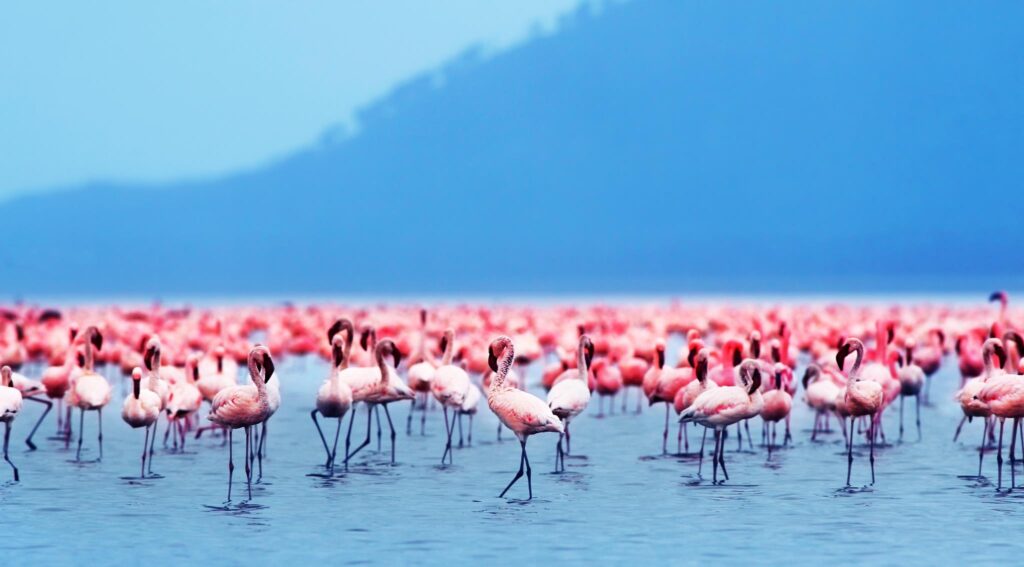
Lake Eyasi, The Salt Lake
This is a large salt lake situated at the base of the Great Rift Valley, just south of the Serengeti National Park and southwest of the Ngorongoro Crater.
Surrounded by steep escarpments and savannah grasslands, this unique lake stands out for its high salinity and diverse birdlife. Years of continuous evaporation under the hot tropical sun have led to a high concentration of minerals and salts, giving the water a milky, turbid appearance. The shallow waters extend over 400 square kilometers, but the lake levels fluctuate extensively depending on rainfall.
The high salinity creates a peculiar ecosystem able to survive the arid conditions. Algae and microorganisms thrive in the mineral-rich waters. The result: large flocks of waterbirds make their way to Lake Eyasi to feed on these delicacies.
Flamingos, pelicans, storks, and ducks chill along the muddy shores while birds of prey like fish eagles circle overhead. The grassy plains surrounding the lake host grazing mammals like zebras, antelopes, and baboons.
Amidst this unique and ancient landscape, where high salinity and diverse birdlife define the norm, Lake Eyasi’s significance extends far beyond its natural wonders. Archaeological findings around the lake provide evidence of early human settlements dating back 200,000 years.
.
Lake Manyara, The Flamingo Lake
Nestled at the base of the Great Rift Valley escarpment, Lake Manyara is a shallow, alkaline lake that covers 230 square kilometers. But while it may be small, it is big on beauty and abundant wildlife.
Manyara gets its nickname as the “Flamingo Lake” from the number of Lesser Flamingos that call it home. Approximately over 400,000 of these shiny pink birds flock to Manyara’s marshy shores to feed on algae and breed. Watching a flamingo ballet is simply magical: thousands of spindly legs wading synchronously through blue water, necks dipping in unison to filter feed.
Beyond flamingos, over 400 species of birds frequent the lake, including pelicans, storks, cormorants, kingfishers, eagles, and vultures. The lake’s acacia woodlands also attract babblers, weavers, hornbills, and starlings. Is Manyara a birdwatcher’s paradise? Absolutely!
For tourists, Lake Manyara National Park offers incredible wildlife viewing right from your vehicle or during bush walks. Tree-climbing lions laze on branches, while hippos relax in pools. Blue monkeys scamper through the forests and thousands of flamingos streak paint the shores pink.

